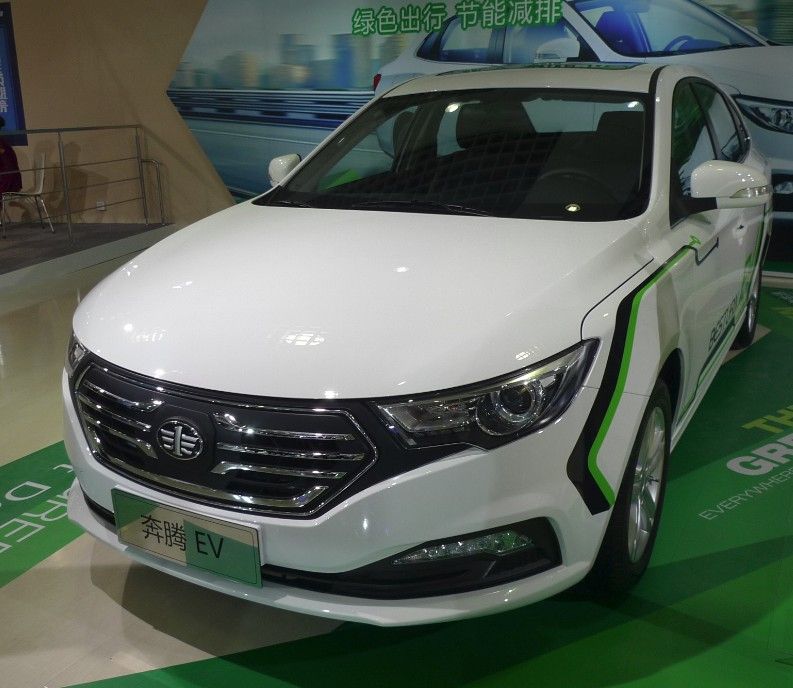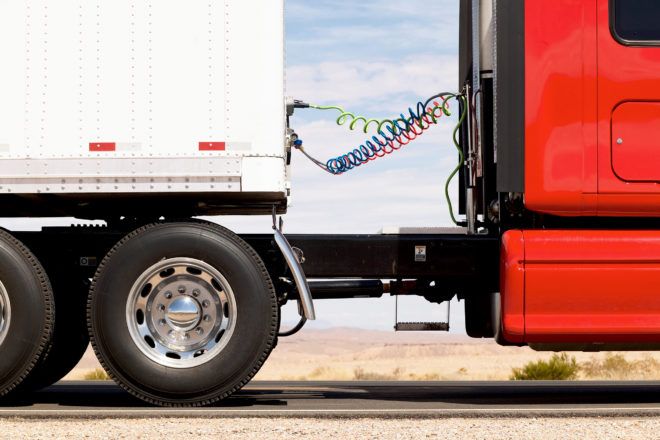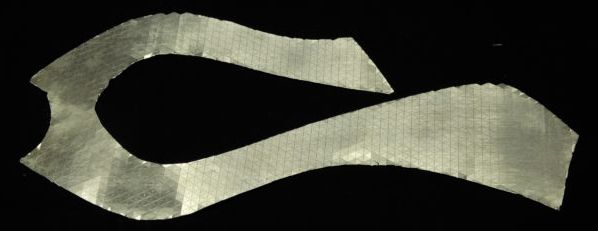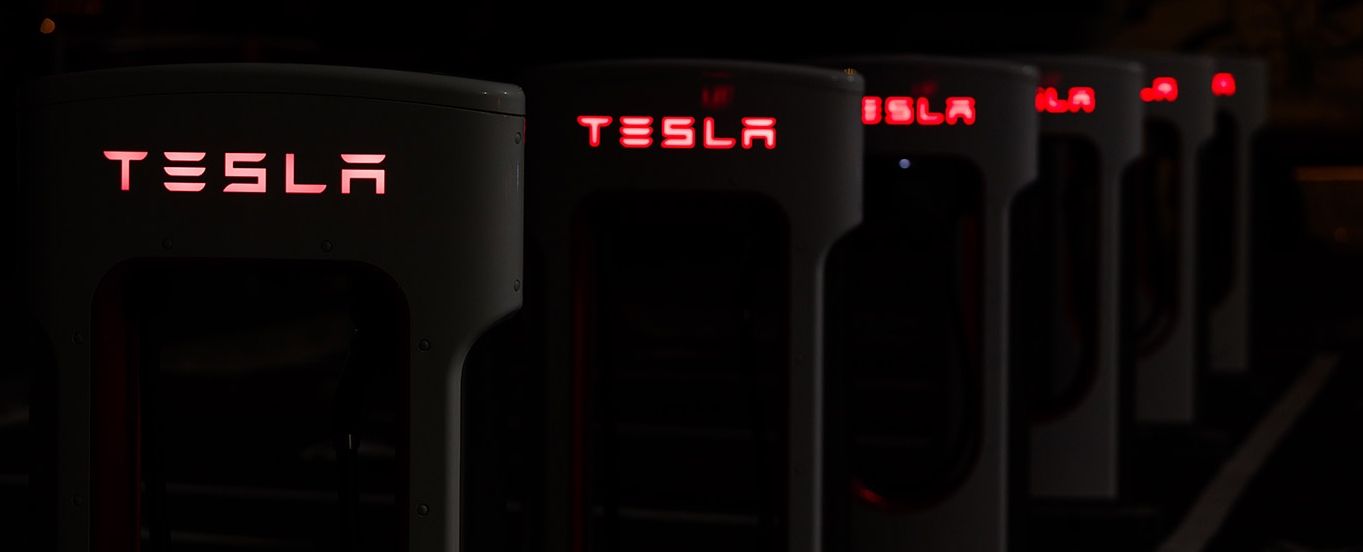We don’t recommend playing “Pokémon GO” while driving, but we have to admit this Tesla hack is cool in theory.
Category: transportation – Page 595

Gogoro starts an electric scooter-sharing program in Berlin — By Sean O’Kane | The Verge
“Gogoro is bringing 200 of its stylish all-electric scooters to Berlin. Starting today, anyone over 21 with a valid driver’s (or motorcycle) license will be able to rent one of the scooters as part of a new scooter-sharing program”
Tesla acquires sister firm SolarCity for $2.6 billion
Tesla buys SolarCity.
(Reuters) — SolarCity Corp agreed to be acquired by sister company Tesla Motors Inc in a deal worth $200 million less than the initial offer, sending shares of both companies down in early trading on Monday.
Electric vehicle maker Tesla expects to achieve “significant” cost savings and “dramatic improvements” in manufacturing efficiency as a result of the acquisition of solar panel installer SolarCity, Tesla Chief Executive Officer Elon Musk said on Monday.
Musk said the combined companies will have a “stronger balance sheet,” but likely will require a “small equity capital raise” next year. Both companies have been burning through cash and have projected achieving positive cash flow later this year.

The Boom Goes On: China’s Electric Car Sales Up 162% So Far This Year
The spectacular growth of the New Energy Vehicle (NEV) market in China continues; state media reports that sales were up a massive 162% to 170,000 units in the first half of the year. NEVs include pure-electric vehicles (EV) and plug-in hybrid electric vehicles (PHEV).
The 170,000 NEVs were divided by 134,000 EVs and 36,000 PHEVs.
The new numbers confirm China’s position as the largest market worldwide for NEVs. The United States follows at a respectable distance in second place with sales of 64,000 EVs and PHEVs.

Hackers Hijack a Big Rig Truck’s Accelerator and Brakes
This is the type of hijacking that the US DHS has been worried about. And, now we’re looking at self-driving Big Rigs and commercial jets.; as I stated last year I would hesitate in allowing autonomous planes and Big Rigs until we have a breech proof connected infrastructure in place.
As researchers demonstrate digital attacks on a 33,000 pound truck, car hacking is moving beyond consumer vehicles.
China’s elevated bus is real, travels above car traffic
We saw the animated video; now check out the real thing.
What was once a crazy bus/train-hybrid idea has turned into reality, as China’s elevated bus has just undergone its first test run in Qinhuangdao. The Transit Elevated Bus (TEB) was first touted in 2010 as a solution to the traffic woes in the country, and was revealed in miniature form during the 19th China Beijing International High-Tech Expo in May this year.
This time however, the real-life test unit (TEB-1) you see here measures 22 meters in length, 7.8 meters in width and stands at 4.8 meters tall. For testing purposes, the bus is limited to a 300-meter long track, and isn’t subjected to demanding traffic challenges or excessive turns.
The tests will provide engineers and officials some insight into the feasibility of the TEB, and to quash or confirm the safety concerns of the public. For instance, would there be a collision if cars attempted to change lanes, and what happens when a trailer truck comes barrelling through.

A Freaky Anti-Rubber Is Still Weirding Scientists Out
Imagine you wake up one morning burning to make the great physicist Max Planck’s face out of copper. (Just go with it.) Sure, you could sculpt it, but there’s a better way. Cut a flat copper sheet into a half-oval, and take a triangle out of the center of its straight edge. Divide it into smaller triangles, bend the sheet so that the two sides of the big triangle touch—and violà! A sheet of flat copper triangles has morphed to match every nook and cranny of Planck’s face. No sculpting required.
If that sounds like magic … well, that’s understandable, because we left a few steps out. Computer scientist Keenan Crane from Carnegie Mellon University actually did this with real copper, and you can see a computer model of the final product at the top of this article. Making Planck’s face wasn’t the point, of course: When Crane cut the sheet into carefully-designed triangles, he brought it into a class of materials known as auxetics, whose curious and complex properties have excited researchers for decades. Someday, auxetics could improve highway shock absorbers, form more comfortable and versatile shoes, and line veins that thicken when expanding.
At least, that’s what the grant applications say. “People give a lot of lip service to how it’s gonna change the world, in terms of curing cancer,” says Crane. “But at this stage people are still trying to figure out just basic questions.” Auxetics all started with a 1987 Science paper by engineer and professor Roderic Lakes. He reported a new kind of polymer foam that contradicted common sense. It expanded in one direction when stretched in another, and contracted in one direction when squeezed in another.

Elon Musk is kicking off an automated low-carbon future with the merger of Tesla and SolarCity
Elon Musk is today set to merge Tesla Motors and SolarCity, Reuters is reporting, kicking off part two of his master plan to transform our cities and suburbs into environmentally friendly automated wonderlands.
In July Musk wrote of his plan to merge the two companies in a blog post entitled Master Plan, Part Deux, saying it was essential to “create a smoothly integrated and beautiful solar-roof-with-battery product that just works, empowering the individual as their own utility, and then scale that throughout the world.
“We can’t do this well if Tesla and SolarCity are different companies, which is why we need to combine and break down the barriers inherent to being separate companies. Now that Tesla is ready to scale Powerwall and SolarCity is ready to provide highly differentiated solar, the time has come to bring them together.”

Artificial Intelligence May Soon Drive Your Car — And Keep You Company at the Same Time
Honda said in a press release that the AI will use conversations with the driver and other data it gathers ‘both to perceive the emotions of the driver and to engage in dialogue with the driver based on the vehicle’s own emotions.’ The just-announced partnership works toward application of the ‘emotion engine,’ which is ‘a set of AI technologies developed by cocoro SB Corp., which enable machines to artificially generate their own emotions.’
Image source: Getty Images.
Continue Reading Below.
Driverless cars are already being developed by nearly every automaker. And despite the recent Tesla Model S crash in which a driver was killed while using the car’s semi-autonomous Autopilot feature, they’re typically much safer than human drivers, and they’re getting better all of the time.
Tesla Launches Gigafactory | Tesla Motors
“Building the world’s largest factory to accelerate a sustainable energy future.”